Cats have been companions to humans for thousands of years, yet many myths and misconceptions about these enigmatic creatures persist. In this article, we’ll debunk eight common myths about cats, drawing on scientific evidence to reveal the truth behind these misunderstandings. Whether you’re a long-time cat owner or simply curious about feline behavior, this factual and friendly article is designed to deepen your understanding of one of nature’s most fascinating animals.
Myth 1: Cats Always Land on Their Feet
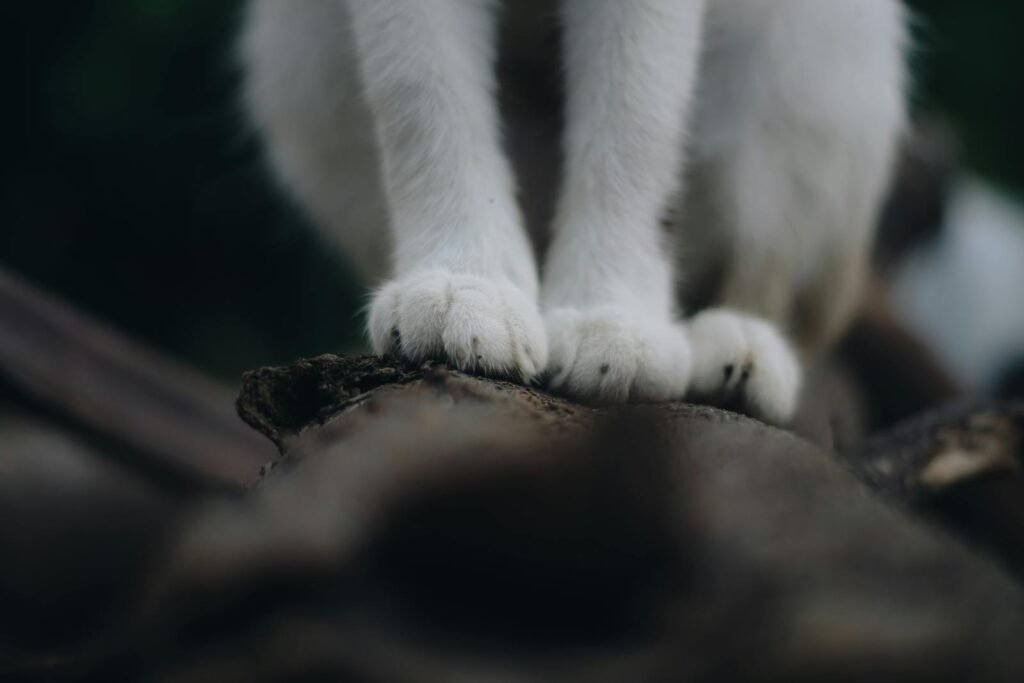
It’s a common belief that cats possess an unerring ability to land on their feet, no matter the height from which they fall. While cats do have a unique skeletal structure and a highly developed righting reflex that allows them to twist their bodies in mid-air, this doesn’t guarantee a safe landing every time. Numerous studies have shown that falls from significant heights can still result in serious injuries. The belief likely stems from cats’ ability to generally handle an unexpected tumble gracefully but doesn’t mean they are invincible to harm.
Myth 2: Cats Are Completely Solitary Animals

Cats have long been stereotyped as loners, but research reveals a more social side. While they may not form packs like dogs, many cats engage in social bonding behaviors with both humans and other animals. Studies have indicated that domestic cats often develop close ties with their owners and can engage in social play and grooming with other cats. Furthermore, feral cats sometimes form colonies that exhibit complex social structures, debunking the myth of cats as entirely solitary creatures.
Myth 3: Cats Purr Only When They Are Happy
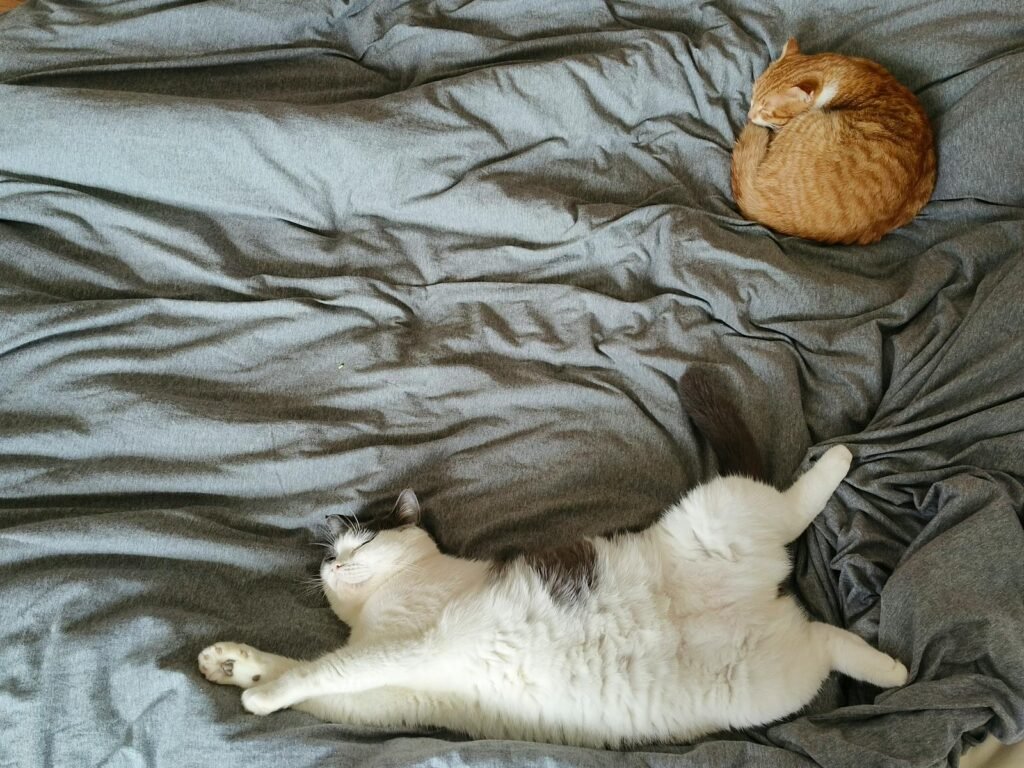
The soothing sound of a cat’s purr is typically associated with contentment, but this comforting vocalization can convey a broader range of emotions and needs. Scientific analysis of purring reveals that cats might also purr when they are in pain, scared, or anxious, as a form of self-soothing. Additionally, some studies suggest that the frequency of purring may have a healing effect, promoting bone density and healing tissue. Understanding these nuances can help cat owners better interpret their pets’ emotional states.
Myth 4: Cats Can’t Be Trained
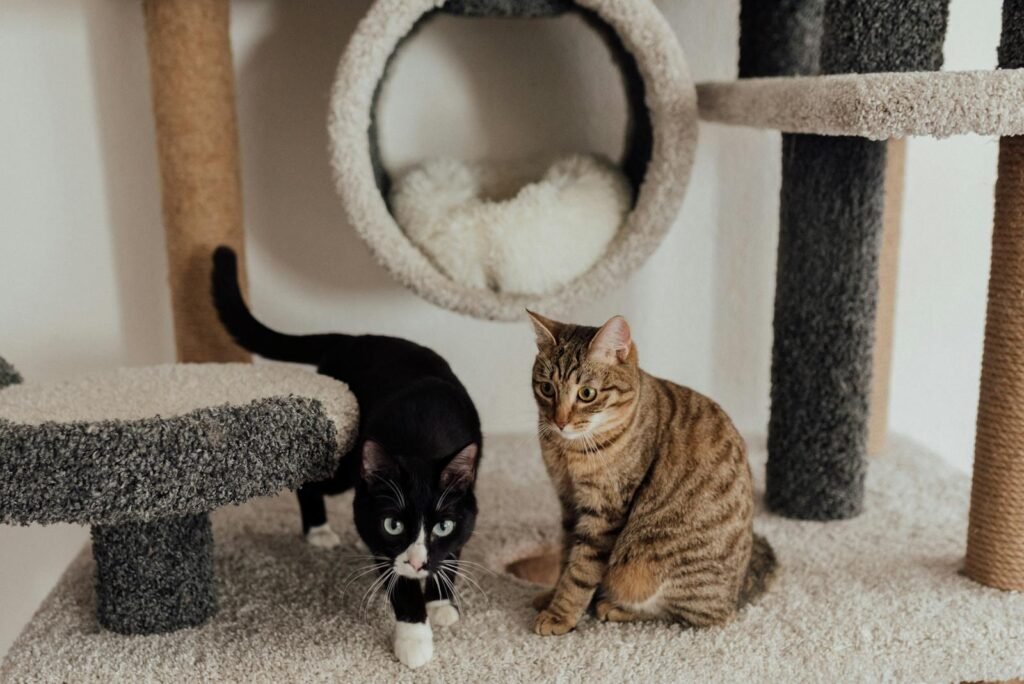
While cats are not as easily trainable as dogs, they are far from untrainable. Recent studies and behavioral experiments have shown that, through positive reinforcement and patience, cats can learn commands, tricks, and even how to use the toilet. Techniques involving rewards such as treats, playtime, or affection can effectively instill desirable behaviors. This myth likely persists due to cats’ more independent nature and the less obvious motivation to please humans compared to dogs.
Myth 5: All Cats Hate Water

Although most cat breeds are not fond of getting wet, this aversion is not universal. For instance, the Turkish Van is dubbed the “swimming cat” for its propensity to enjoy water, and some domestic cats may be intrigued by running water from faucets. Behavioral research suggests that a cat’s early experiences with water significantly influence their attitude towards it. Exposure to water in a positive context during kittenhood can mitigate any fear or dislike later in life.
Myth 6: Cats Will Suffocate Babies
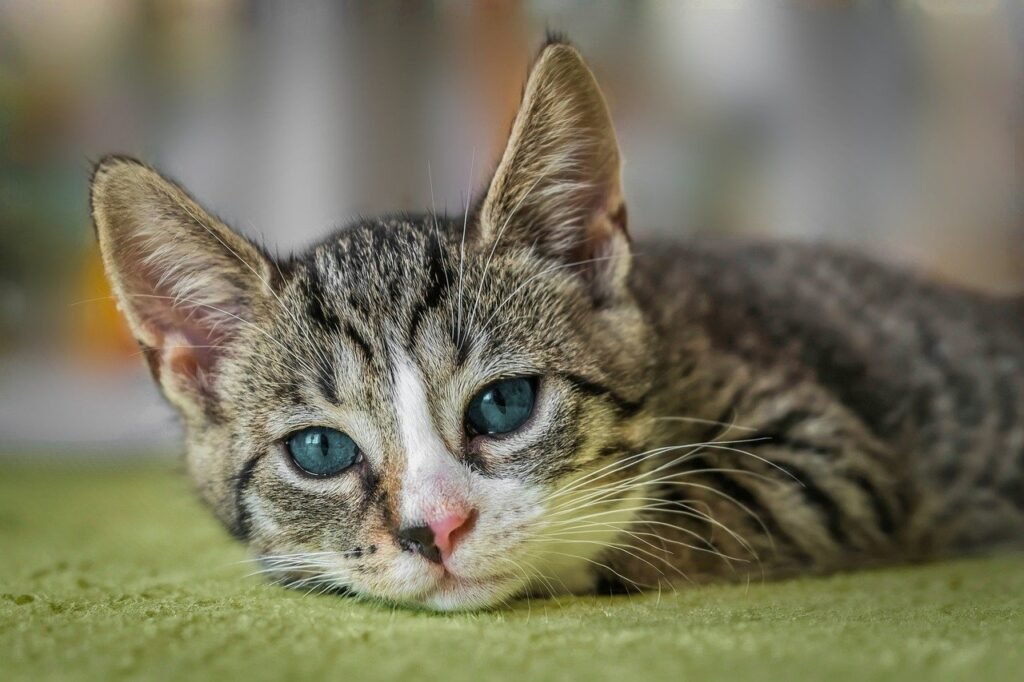
This particularly alarming myth suggests that cats are drawn to the milk on a baby’s breath, which could lead to suffocation. However, scientific scrutiny reveals no evidence to support this claim. Cats may be curious about a baby and even enjoy the warmth of a crib, but they have no more interest in harming a baby than in posing any danger to a human household member. Supervising any interaction between pets and young children is always advised to ensure safety for both parties involved.
Myth 7: Cats Are Aloof and Unaffectionate

The stereotype of the cold, aloof feline is continuously challenged by behavioral science that points to cats’ capacity for affection and sociability. Many cats develop strong bonds with their human companions and are known to engage in a variety of affectionate behaviors such as head-butting, kneading, and following their owners from room to room. This myth likely stems from a misunderstanding of feline body language, which can differ greatly from the more expressive and overt displays of affection seen in dogs.
Myth 8: Black Cats Bring Bad Luck
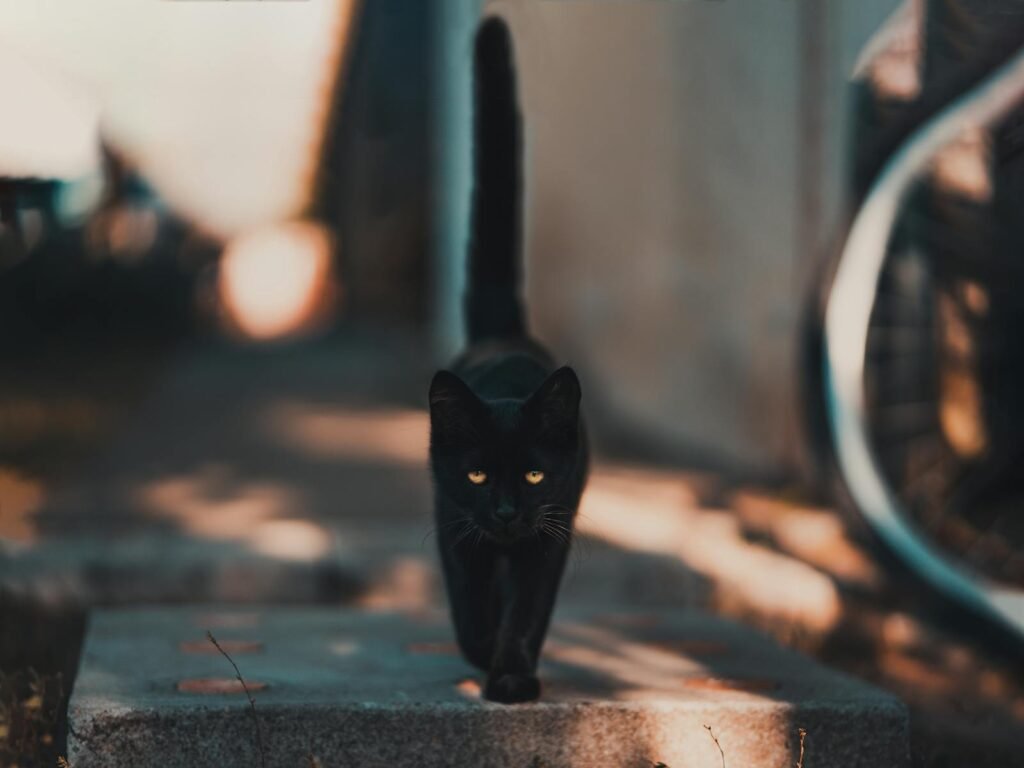
The myth of black cats being harbingers of bad luck has roots in historical superstition, but science and cultural perspective have dispelled these beliefs. In fact, in some cultures, black cats are considered good omens. Scientific research into color and behavior shows no correlation between a cat’s fur color and its likelihood to influence luck. These biased beliefs have unfortunately led to lower adoption rates for black cats, highlighting the importance of viewing all cats independently of superstitious associations.
In conclusion, while cats are often enveloped in an air of mystery, understanding the truth behind these common myths can lead to better appreciation and care for our feline friends. Science not only helps identify the misconceptions but also illuminates the rich behavioral and social world of cats, emphasizing their role as cherished companions. By recognizing these debunked myths, we can foster more informed relationships between humans and the cats they adore.

Growing up traveling and experiencing new cultures and wonders, I have had a passion for nature, adventuring, photography, and videography. I am currently working towards a BSc in Biodiversity and Ecology at Stellenbosch University, and I hope to specialise in Marine Sciences one day.
Please send any feedback to Feedback@animalsaroundtheglobe.com






